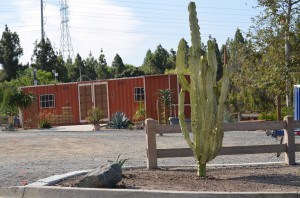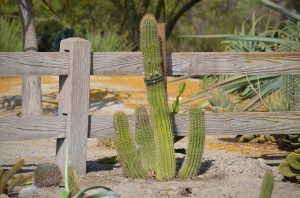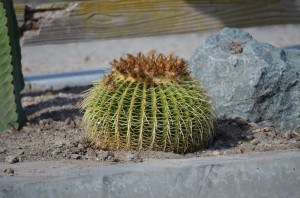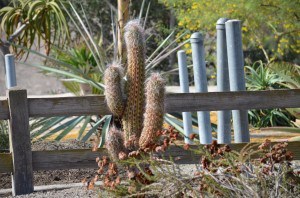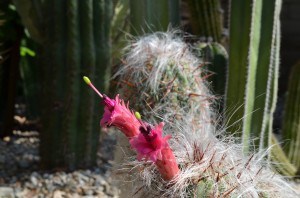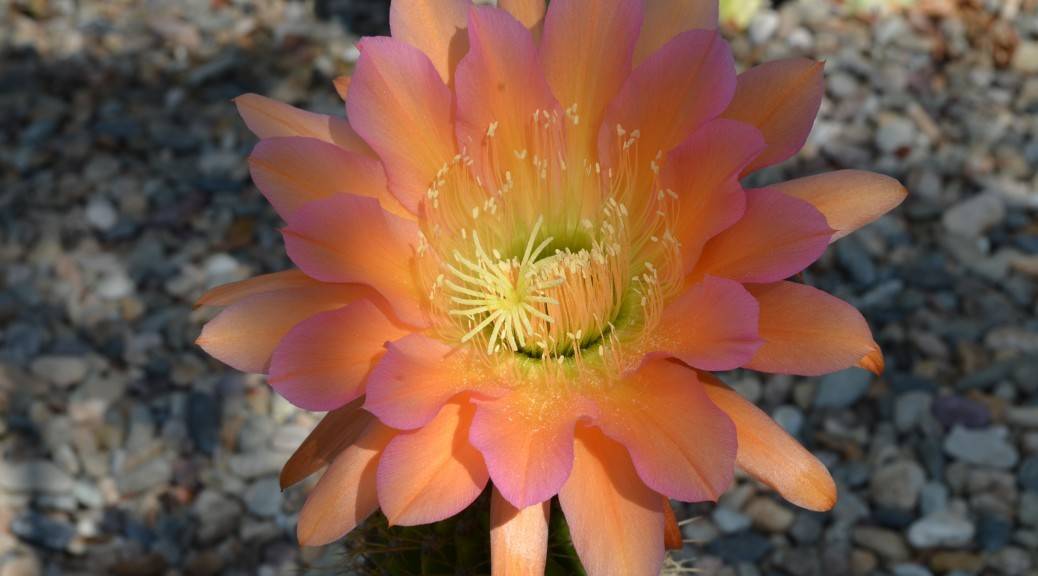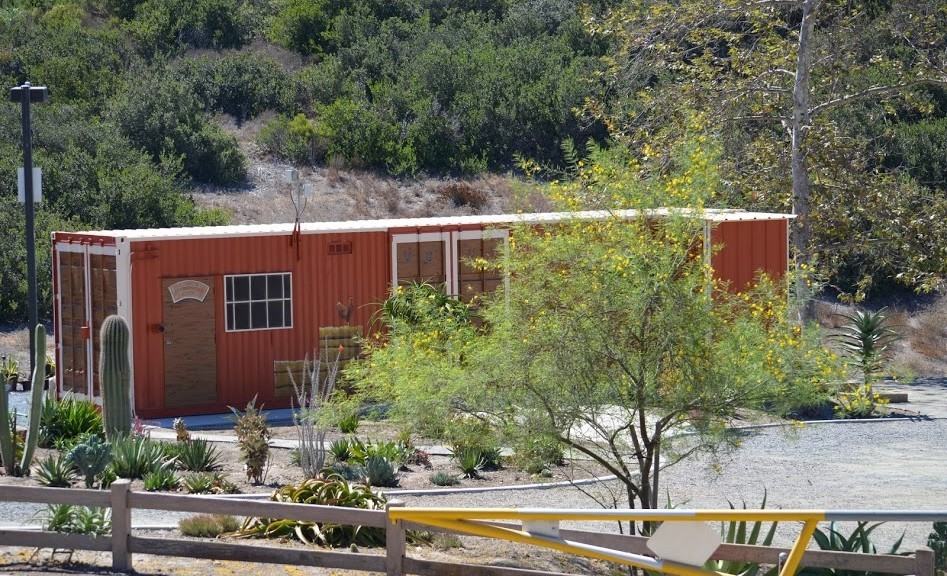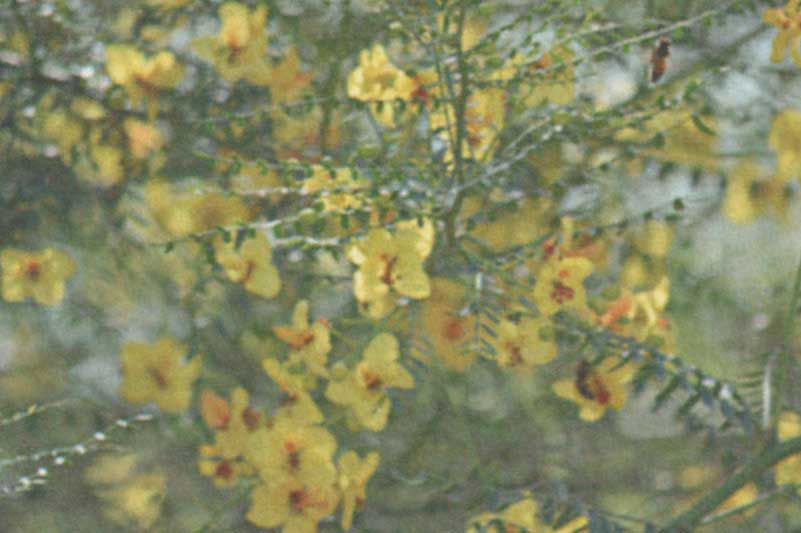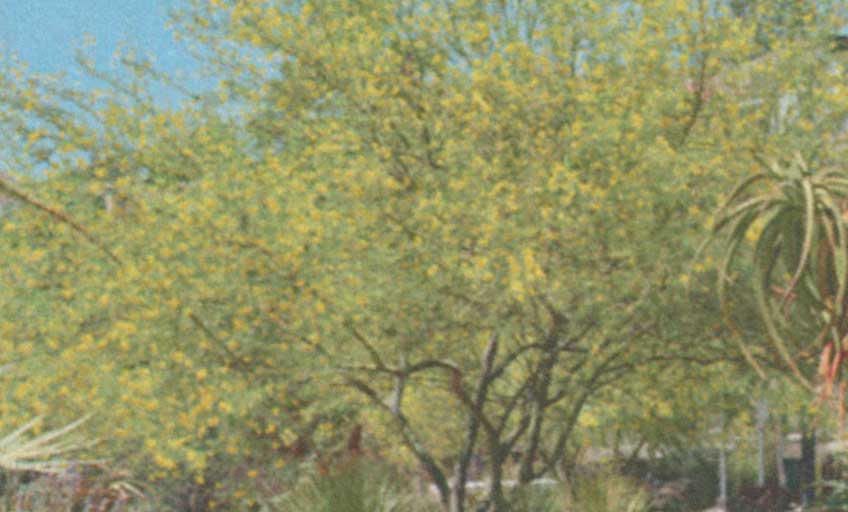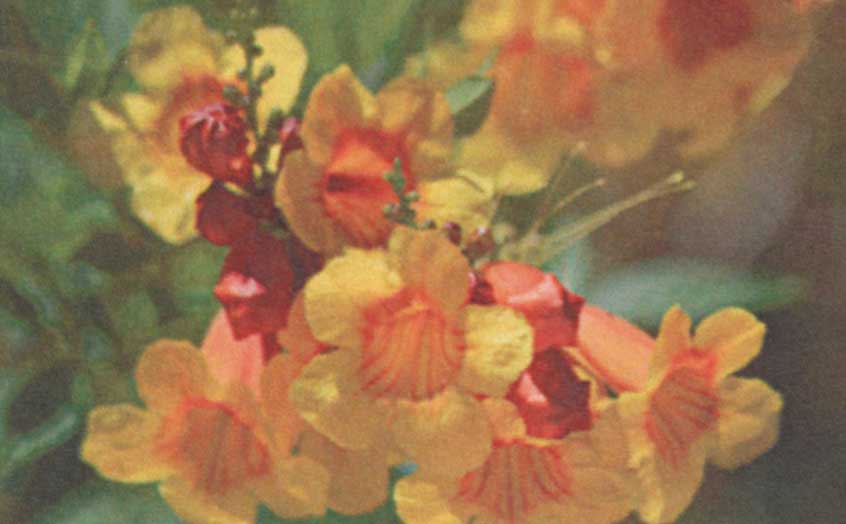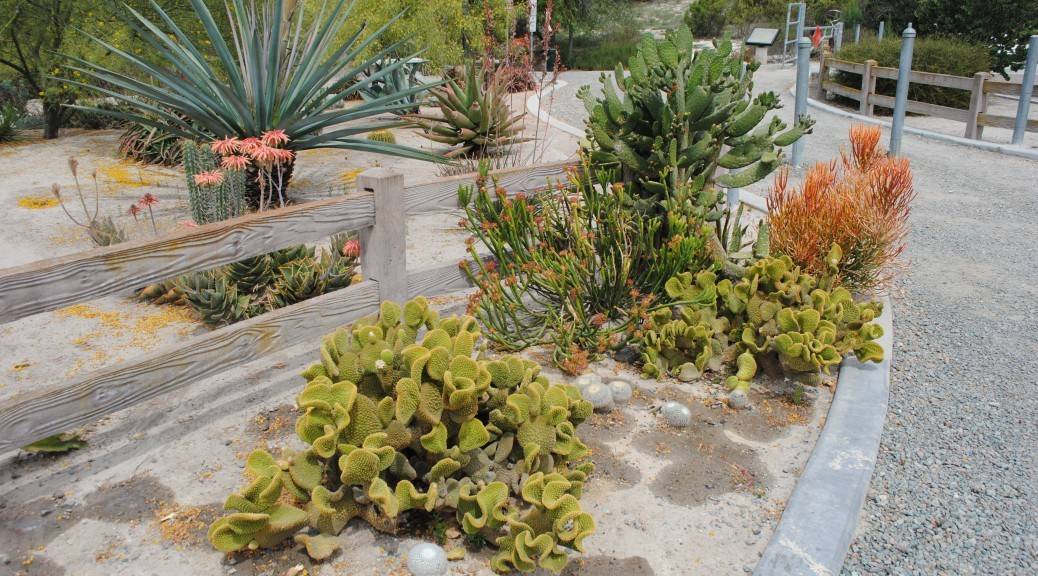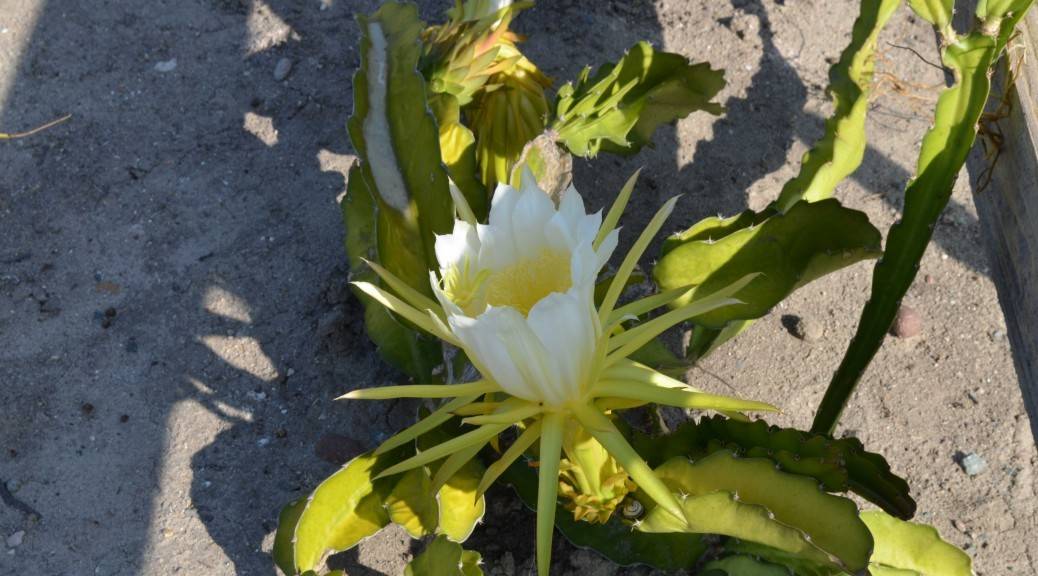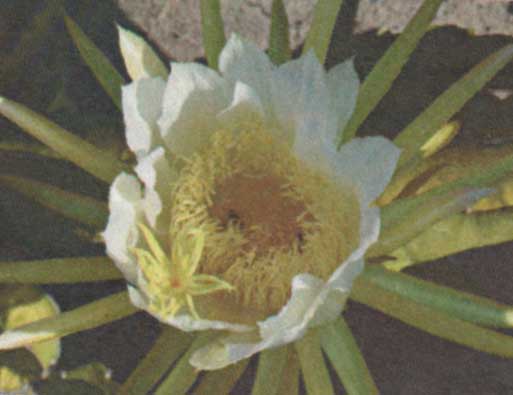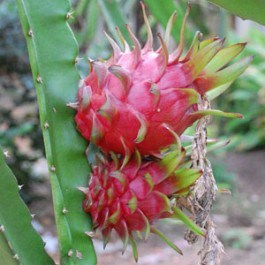What’s the difference between a cactus and a succulent?
Well, there are two answers:
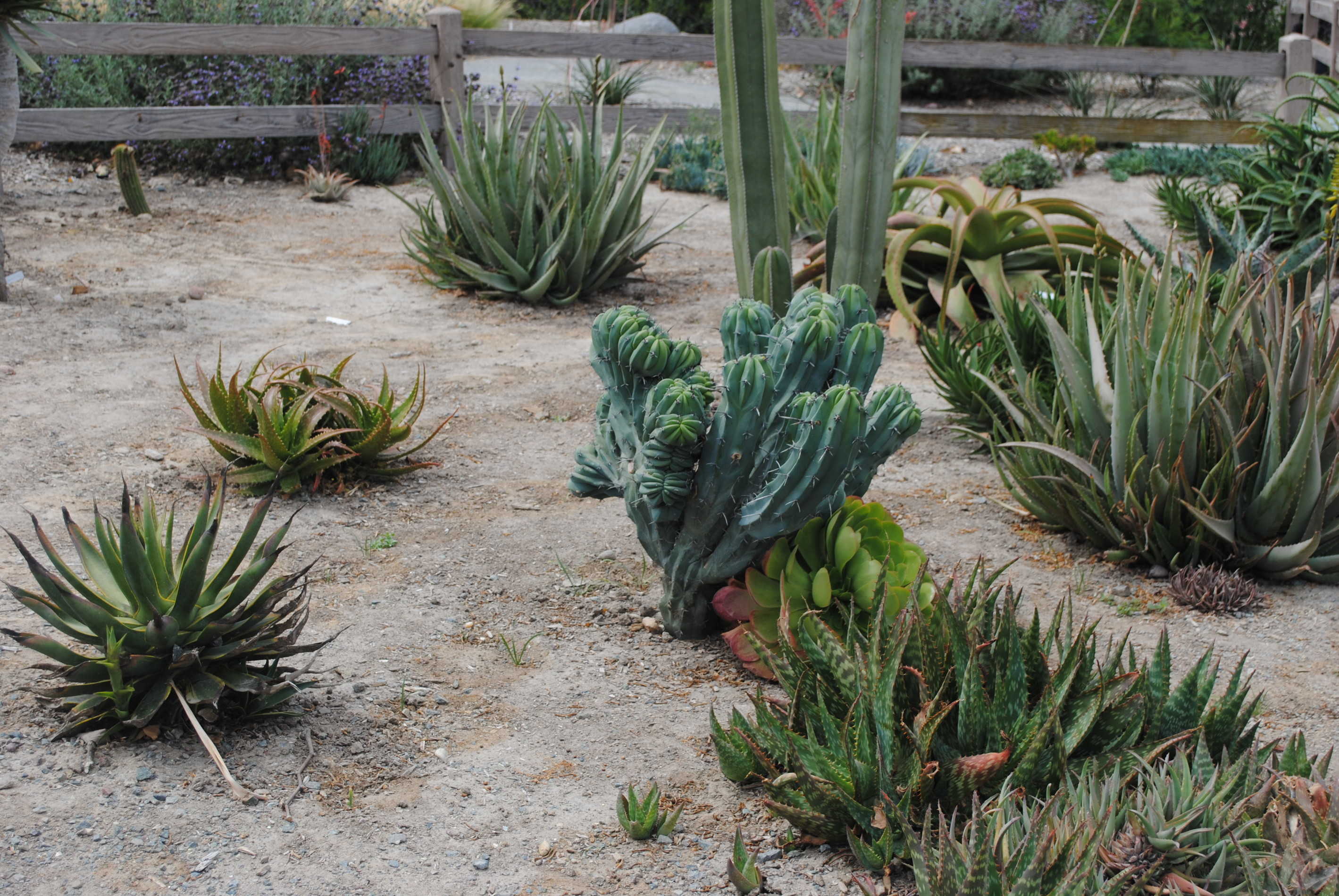
First of all cactus are native to North and South America, while Succulents grow everywhere. Second, there is a difference in the way the thorns of the plant are attached. Cacti thorns emerge from a pad while Succulents thorns are an extension of the body of the plant.
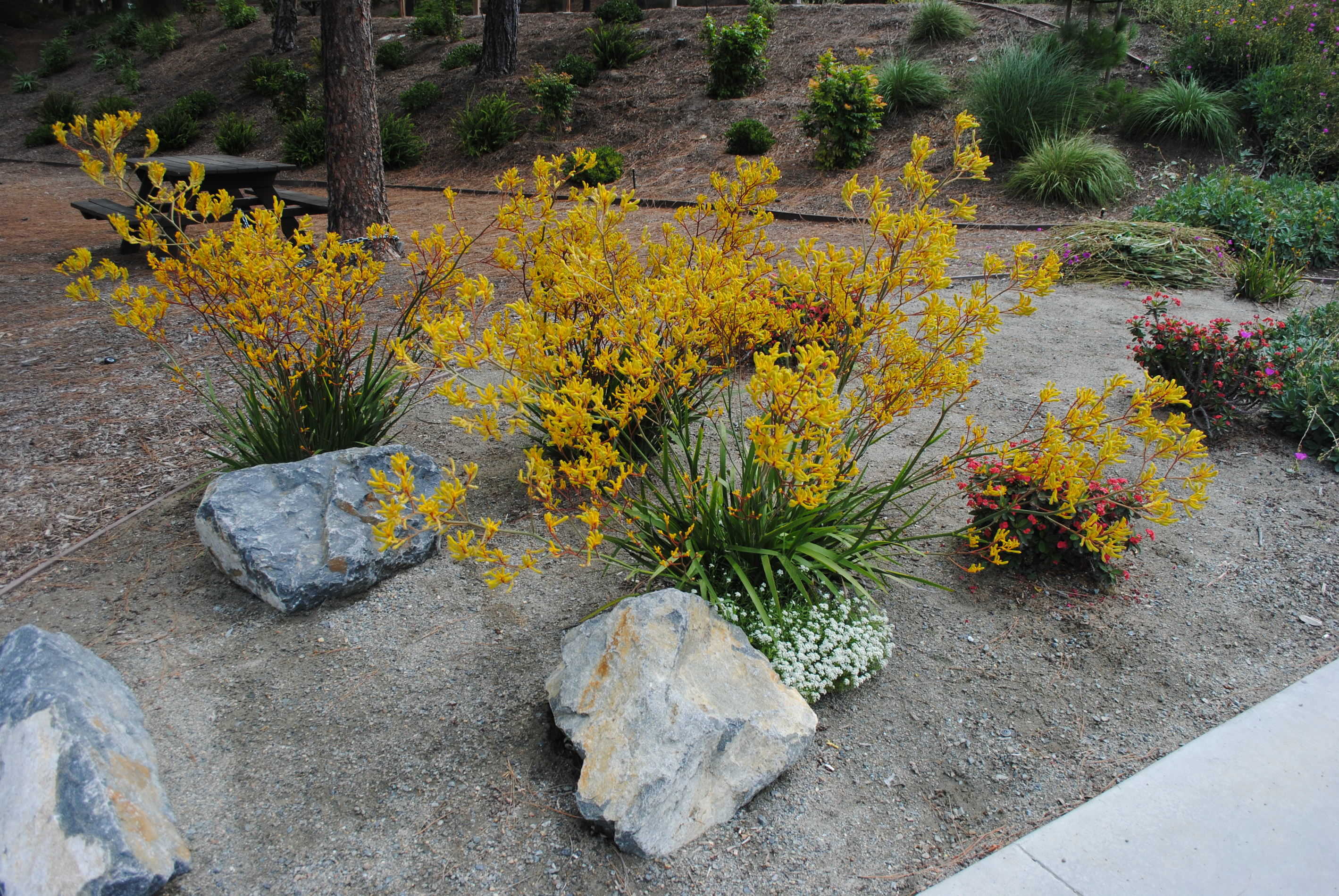 Most succulents can only tolerate temperatures down to around 50 degrees F, but many cacti can only tolerate temperatures down to the 40s. The biggest mistake that I’ve experienced growing cacti and succulents is forgetting that they are plant and therefore have similar requirements to other plants, which is: water, food, air and light. Cacti and succulents are adapted to fairly extreme conditions but cannot thrive no matter where they are grown, without these vital elements.
Most succulents can only tolerate temperatures down to around 50 degrees F, but many cacti can only tolerate temperatures down to the 40s. The biggest mistake that I’ve experienced growing cacti and succulents is forgetting that they are plant and therefore have similar requirements to other plants, which is: water, food, air and light. Cacti and succulents are adapted to fairly extreme conditions but cannot thrive no matter where they are grown, without these vital elements.
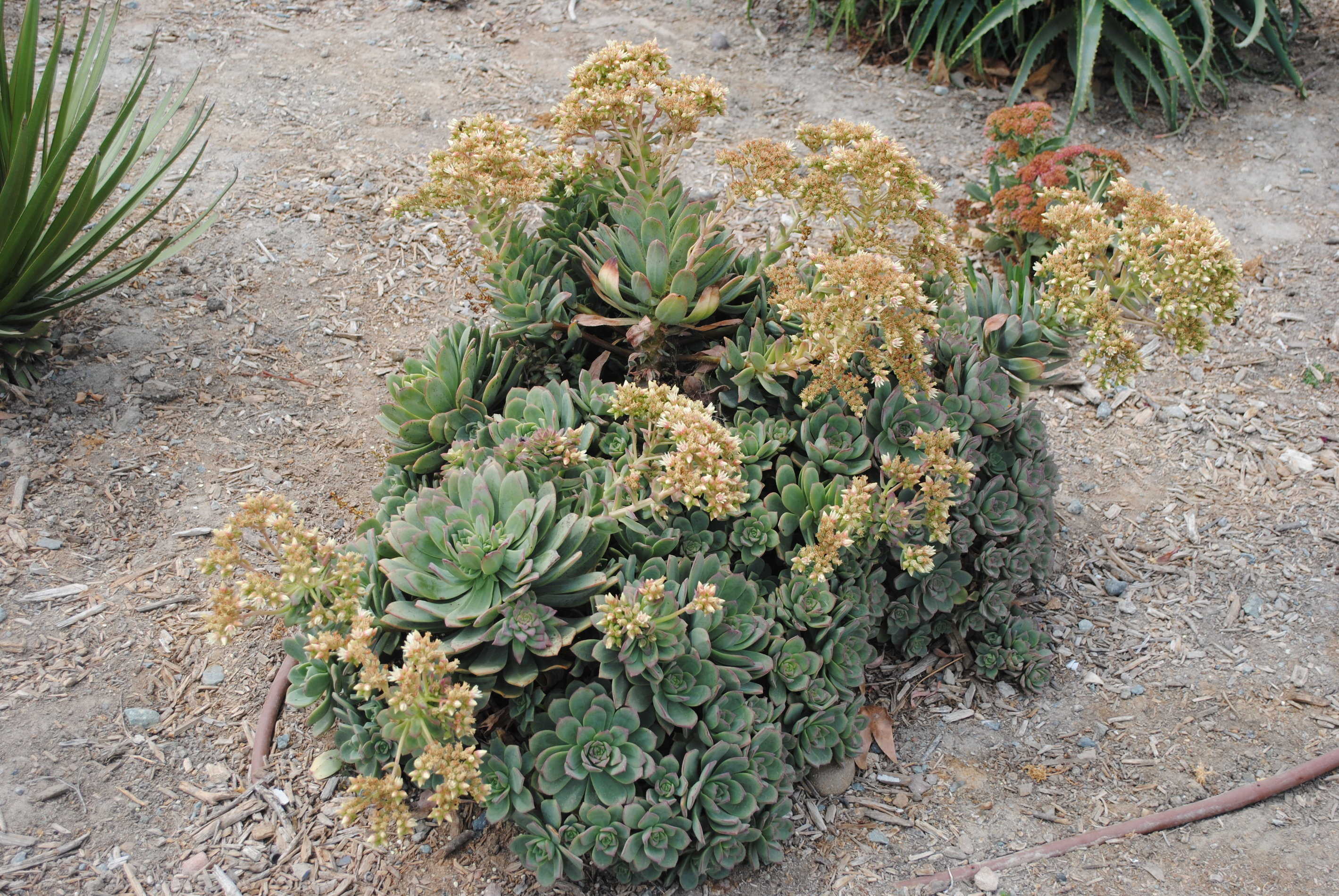 No succulent or cacti grow in a true desert setting compromised of only sand and no rainfall. Most grow in what is usually described as a semi-desert. Most cacti and succulents grow where semi rainfall occurs for a limited number of months out of the year.
No succulent or cacti grow in a true desert setting compromised of only sand and no rainfall. Most grow in what is usually described as a semi-desert. Most cacti and succulents grow where semi rainfall occurs for a limited number of months out of the year.
Many features of cacti and succulents are adapted to absorb and store water from rainfall when it’s present; so in turn plants can survive throughout the dry season. These features include a ribbed stem structure to allow for expansion and contraction and a widespread root system for for rapid uptake of water.
